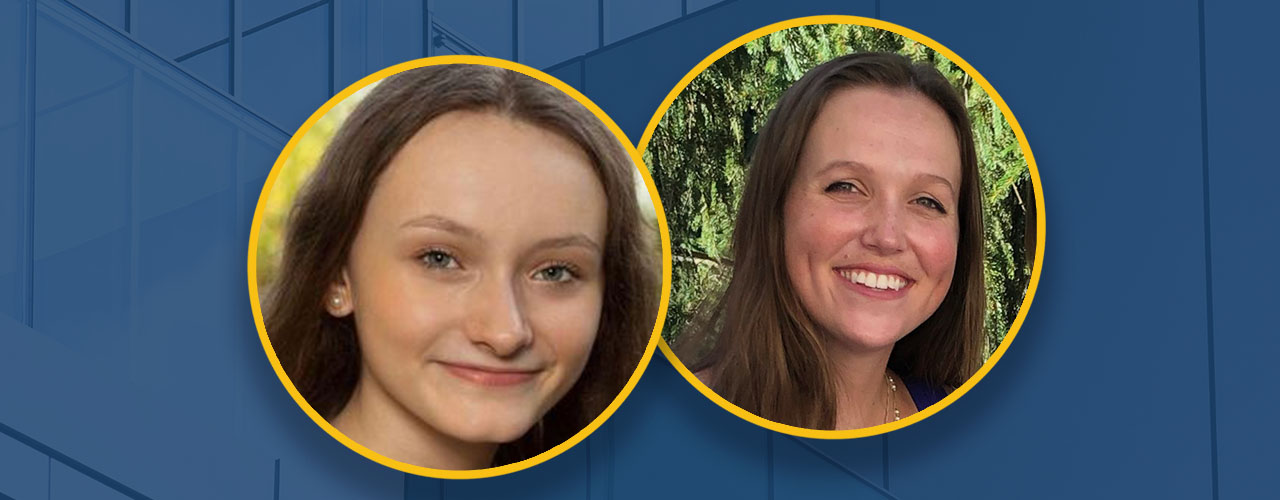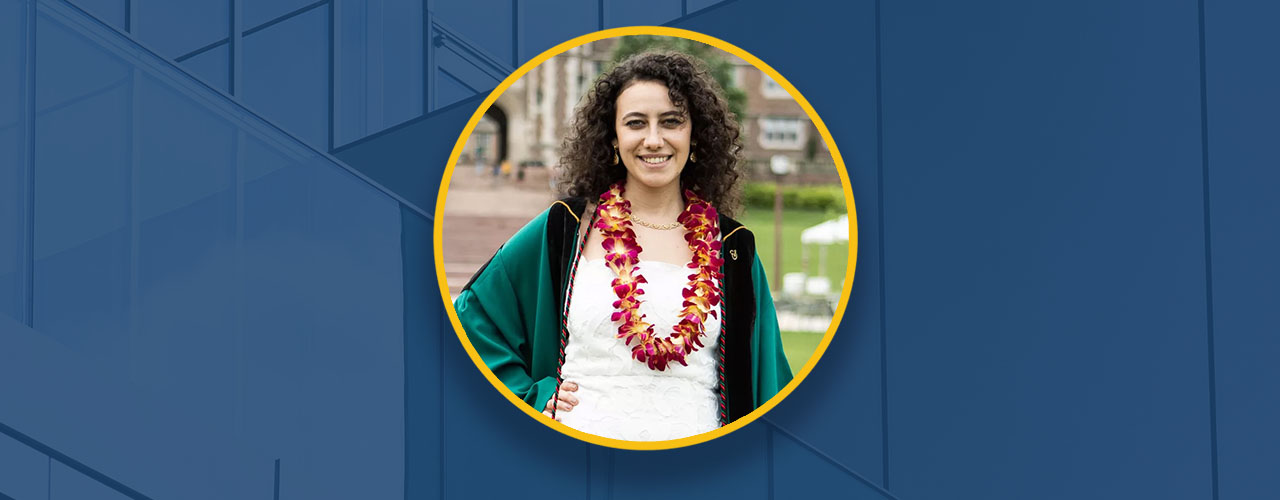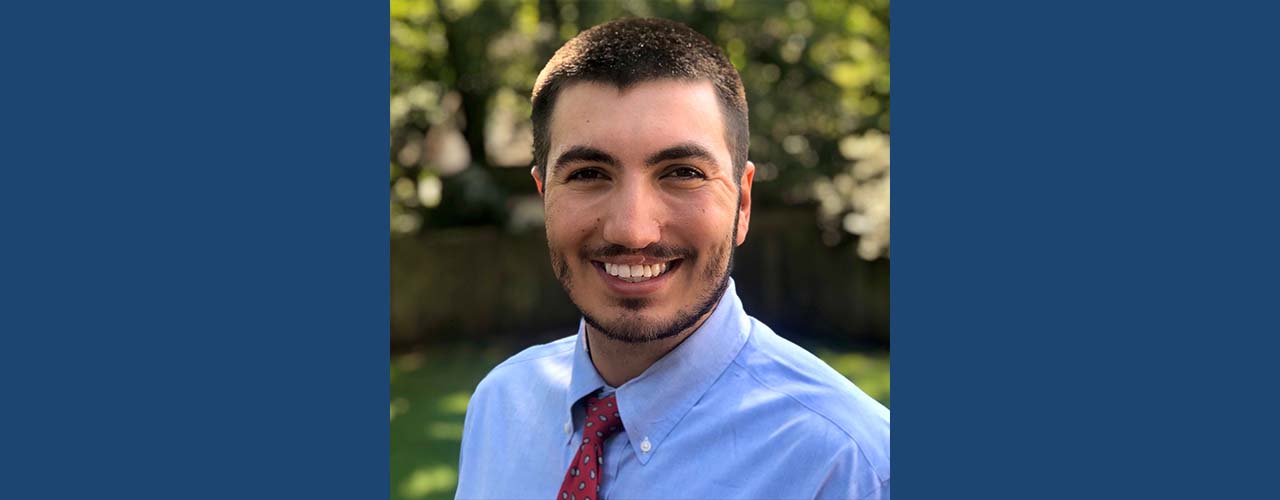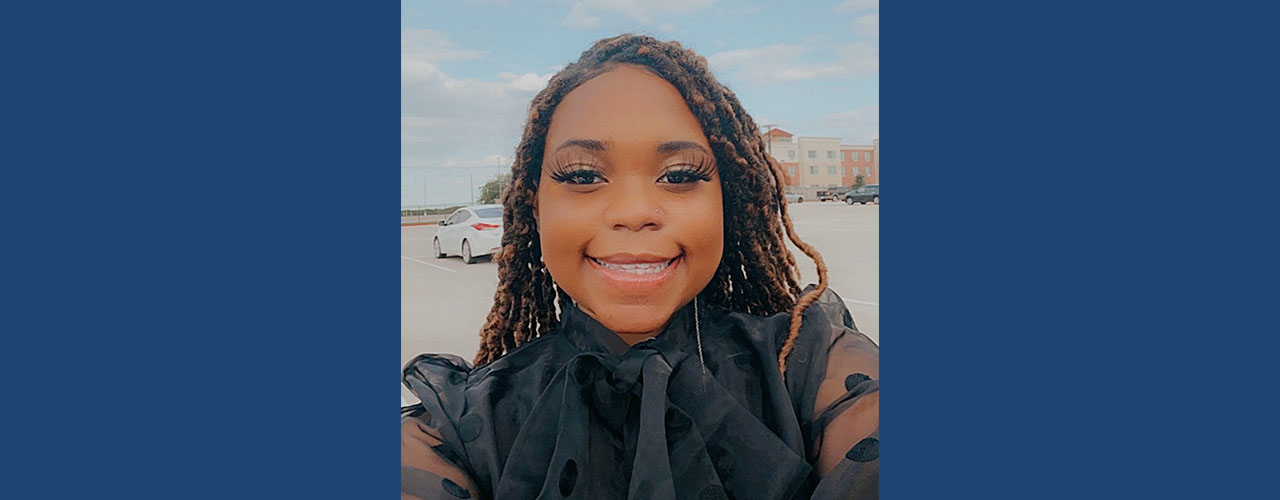
ScribeAmerica: A Unique and Valuable Opportunity
Very few employers could have possibly offered me the opportunities and experiences that was afforded to me during my time with ScribeAmerica. At the age of 23, I was given the opportunity to independently travel throughout the country, living in corporate housing and experiencing places I otherwise likely never would have been.
READ STORY

The Scribing Scripture
Providers often rely on scribes to increase the quality and efficiency of patient care; decrease wait times, consequently improving patient satisfaction; and decrease physician burnout, especially at sites with high-patient volumes. However, you too can get your share of advantages from this position. Learn more about the practice of scribing and some of the benefits of the role, along with a few tips on how to capitalize on those benefits.
READ STORY

How to Use Scribing to Propel Your Life Plans
Clinical hours are an unspoken requirement for most healthcare school applications…. but how do you choose the right way to earn those hours? Making your application stand out in a pool of applicants can be tough. We talked to some healthcare school bound scribes and found a few secrets to making that application shine to set you apart.
READ STORY









